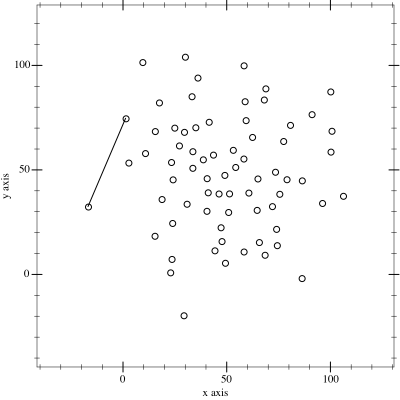There is also a Java example of Monotone Chain here:
https://en.wikibooks.org/wiki/Algorithm_Implementation/Geometry/Convex_hull/Monotone_chain#Java
which has an animation demonstrating the search method
…and a video demo of atduskgreg’s hull implementation which also shows the search method:
